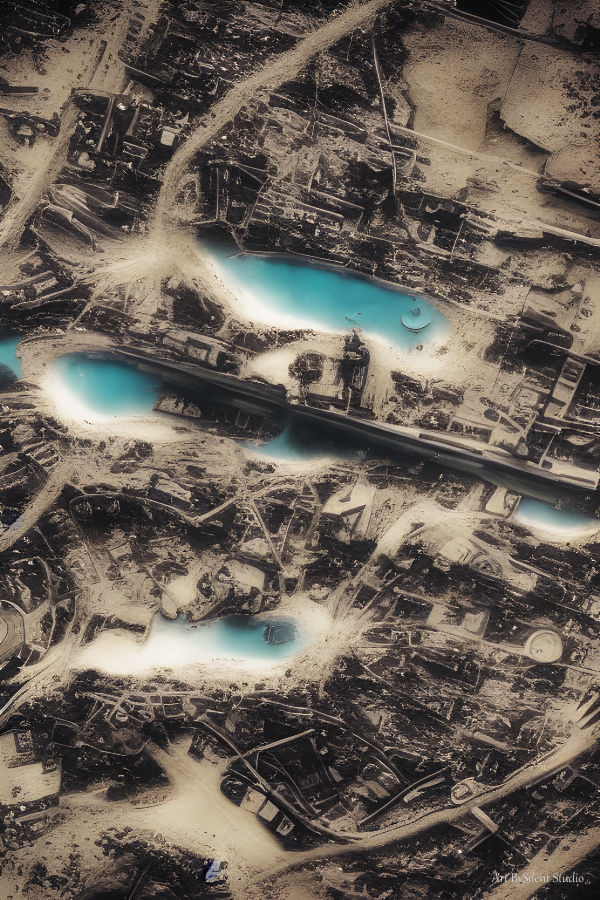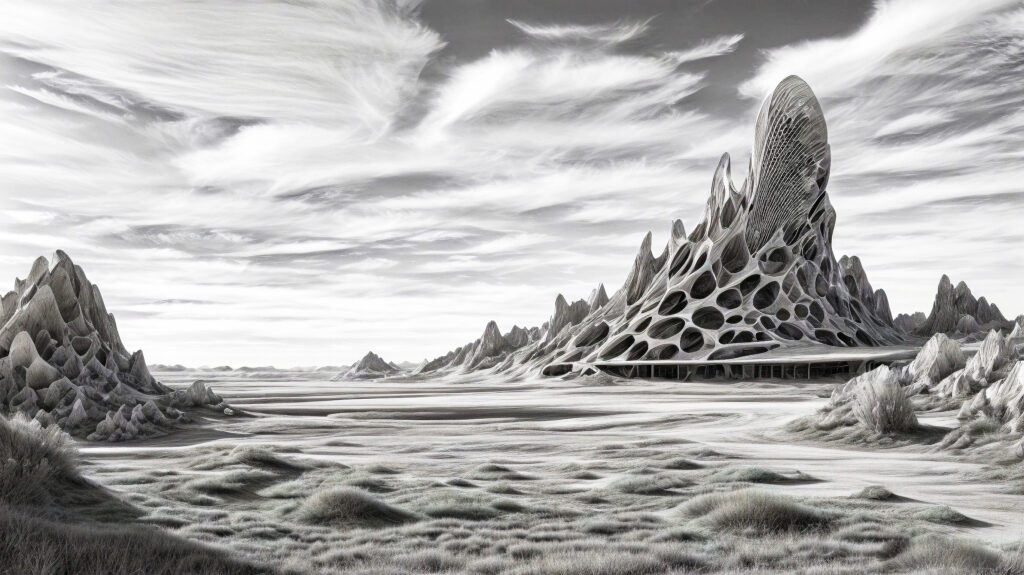
After the Storm

On the planet Pushpull, the winds are powerful and inconsistent. A rugged but unstable electromagnetic core. The terrain is desert-like, with no life forms. There are sparse plant life and light water sources. The magnetic poles keep changing, making it a tumblejunk planet. Despite all of these challenges, I find it a fascinating place to explore. There’s something special about picking up a metallic object and having it tumble like a tumbleweed on old Earth.

